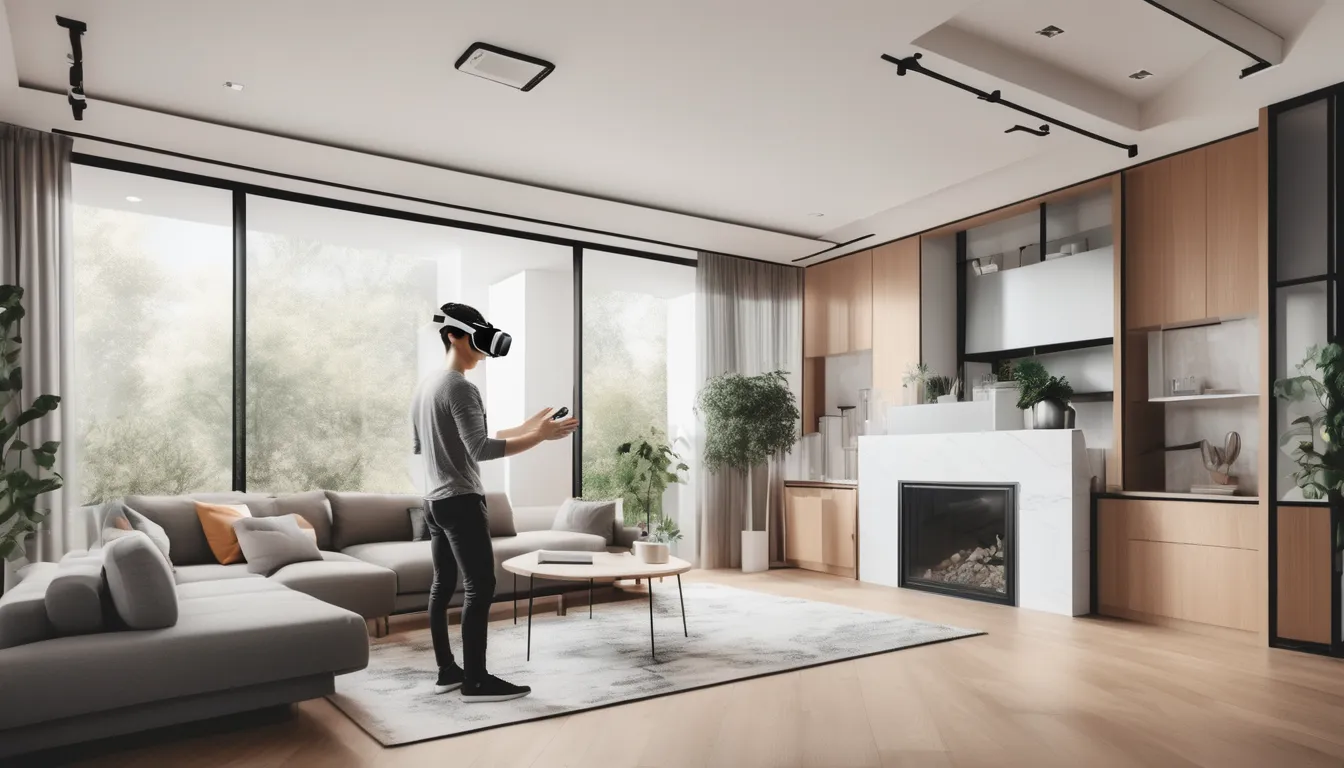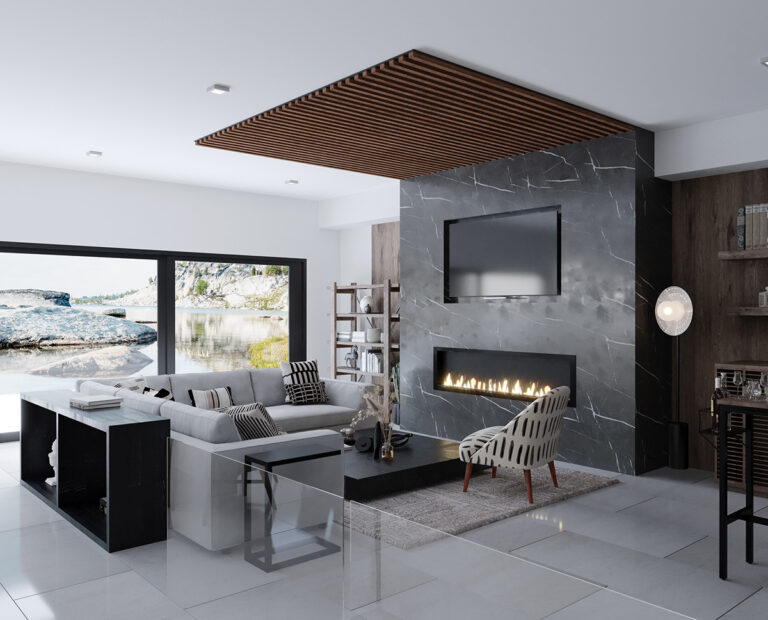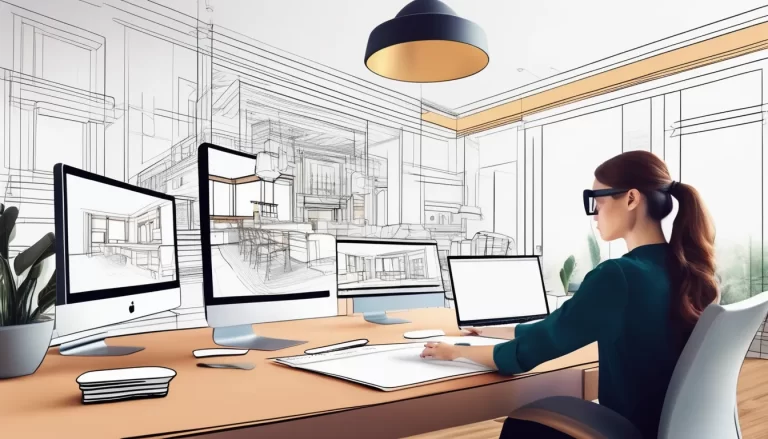The Digital Transformation of Interior Design: How Technology Is Shaping Client Experiences

Technology is rapidly transforming the interior design industry, offering designers new ways to engage with clients, visualize concepts, and streamline design processes. From virtual reality (VR) to AI-driven design tools, digital innovations are enhancing the overall client experience. Here’s how technology is reshaping interior design and its impact on clients:
1. Virtual Reality and Augmented Reality: Immersive Design Experiences
Virtual reality (VR) and augmented reality (AR) are two technologies that have revolutionized how interior designers present their ideas to clients. VR allows clients to immerse themselves in a fully realized 3D version of their future space, enabling them to experience the design before it’s built. Meanwhile, AR can overlay digital design elements onto physical spaces via smartphones or tablets, helping clients visualize how new elements will look in their existing environments.
These immersive experiences give clients the confidence to make decisions and understand the spatial and aesthetic implications of a design. By using VR and AR, designers can reduce costly changes and revisions during the construction phase.
2. Artificial Intelligence and Machine Learning: Personalized Design Solutions
Artificial intelligence (AI) is becoming an invaluable tool in interior design. AI-powered design software can analyze client preferences and generate personalized design solutions based on their taste, lifestyle, and budget. With machine learning, these systems can continuously improve their suggestions, offering increasingly refined designs that align with the client’s evolving needs.
AI tools also assist designers in optimizing layouts, materials, and color schemes, ensuring that the final design is both aesthetically pleasing and functional. By automating certain design processes, AI reduces the time required to create design plans, providing quicker turnaround times for clients.
3. 3D Printing and Digital Fabrication: Realizing Custom Designs
3D printing and digital fabrication are enabling interior designers to bring unique and highly personalized designs to life. With 3D printing, designers can create custom furniture, décor items, and even entire structural elements tailored specifically to a client’s space. This technology allows for intricate and complex designs that traditional manufacturing methods could not easily achieve.
Clients benefit from the ability to request one-of-a-kind pieces, resulting in truly bespoke interiors that reflect their personal style and preferences. Additionally, digital fabrication allows for quicker prototyping, reducing lead times and enabling clients to preview designs in physical form before finalizing decisions.
4. Digital Collaboration: Real-Time Design Feedback
The rise of digital collaboration tools has made it easier than ever for interior designers and clients to work together in real-time, no matter where they are located. Platforms like 3D modeling software and cloud-based design tools enable designers to share and update designs instantly. Clients can offer immediate feedback, request changes, or approve designs without the need for in-person meetings, streamlining the communication process and reducing project timelines.
Digital collaboration also allows for greater transparency, as clients can view progress, costs, and materials at each stage of the design process. This fosters a sense of trust and ensures that both parties are aligned throughout the project.
5. Smart Home Technology Integration
As smart home technology continues to grow, interior designers are increasingly integrating devices such as smart thermostats, lighting, security systems, and voice assistants into their designs. Clients can now enjoy homes that are not only stylish and functional but also equipped with the latest technology for convenience, energy efficiency, and security.
Designing with smart technology also offers a new layer of customization, as clients can control and personalize their living spaces with ease. By seamlessly incorporating these systems into the design, interior designers are enhancing the overall client experience.
Conclusion
Technology has revolutionized the interior design process, allowing for a more interactive, personalized, and efficient experience for clients. From immersive VR and AR experiences to AI-driven design suggestions and smart home integrations, these innovations are not only enhancing the design process but also creating spaces that are more responsive to clients’ needs and preferences.






